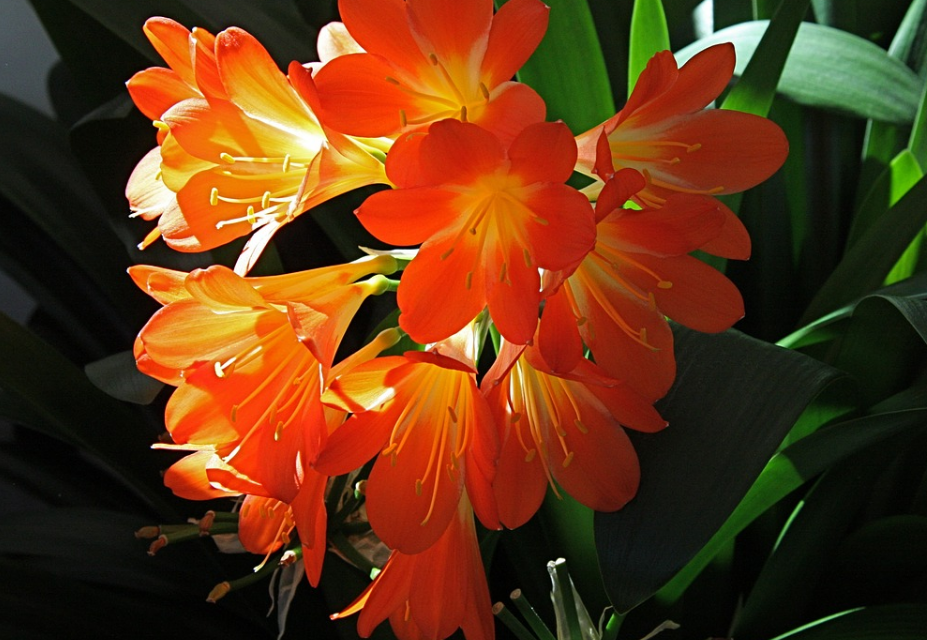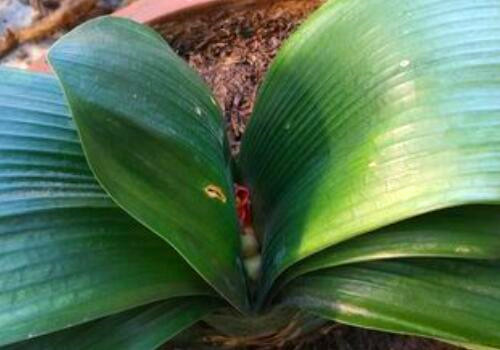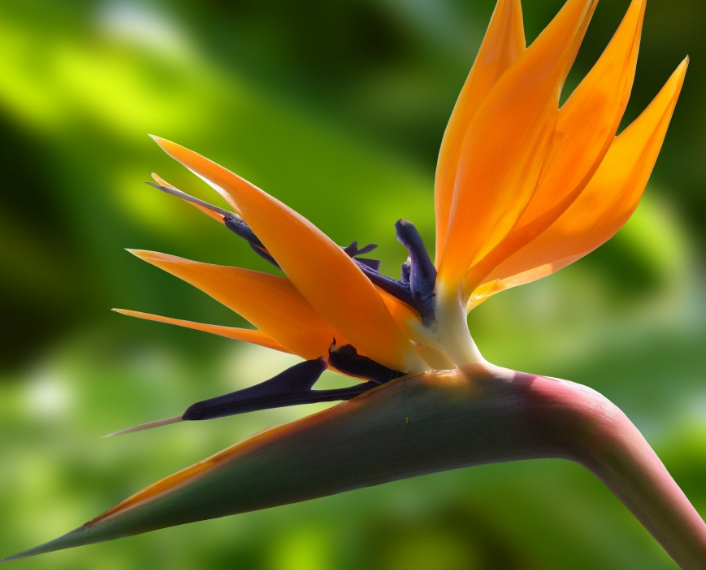How to plant magnolia? What about the rotten roots? (with ten famous and valuable varieties of Magnolia)
Cymbidium is a popular ornamental plant in China, and its sales prospect is very good. Plants are being planted all over the country and then sold as potted plants. So how do you grow orchids? What about the rotten roots? What are the ten most valuable varieties?

First, how to plant magnolia?
1. Seed selection
In general, it is best for seeds to be sowed one or two days after they are taken out, when the seeds have more moisture and strong vitality, and the emergence rate of seeds placed for too long will be affected. Cut the fruit and the arrow scape together with scissors and peel off the seeds. If the delayed sowing time is delayed, hanging the seed and "arrow scape" in a cool and ventilated place can be preserved for about a month, but the emergence rate will be reduced.
2. Planting time
The planting time of Cymbidium is not limited by season, and the specific sowing time is determined by the seed ripening time.
3. Sowing method
① in order to fully soften the endosperm and seed coat, the selected seeds were soaked in about 40 ℃ for about 30 hours before entering the soil. The treated seeds produce radicles in about 17-20 days.
② chooses a container that is breathable and easy to drain. Wooden cases are recommended. Sawdust and river sand can be selected for preliminary planting. Here we will explain the way of river sand in detail. Choose fine sand, wash and disinfect, spread it in a container, put the germination eyes of the seeds down on the sand surface at an interval of about four centimeters, and spread a layer of fine sand on top, not too thick, as thin as a layer.
③ uses river sand with large planting gap and strong water permeability. If the basin surface is found to be dry, it should be sprayed or watered. Don't water too much, as long as the humidity reaches 40% and the temperature ranges from 18 ℃ to 25 ℃.
When the climatic conditions are created, it will take about a month or so for cotyledons to grow.
4. Management of seeds after emergence
After the seeds grow out of the seedlings, it is necessary to divide the pots, choose a flowerpot with good air permeability, cover the bottom with about 5 cm of soil, and put the seedlings on. It is best to water the seedlings with spraying in the early stage, which can not only increase humidity, but also prevent excessive water from scouring the seed seedlings. Leave it in a semi-overcast place for a few days.
Second, what are the causes and control methods of the rotten roots of Cymbidium?
1. Rooting with fertilizer
In the early stage of seedling cultivation, many growers will place base fertilizer in order to make the orchid grow better, but there are not many soil layers covered by the base fertilizer when placing the base fertilizer. This leads to the slight growth of the root system in the later stage, which will make the tender roots in the early stage come into direct contact with the base fertilizer, causing serious root burning. Another is the late habitual regular topdressing, resulting in excessive accumulation of fertilizer, and topdressing in the water, resulting in rapid decomposition of fertilizer, and then wrapped around the root system, there will also be the phenomenon of root burning. So the soil covered by the initial base fertilizer should be 5-8 cm, or even more, and the late topdressing depends on the situation, malnutrition is topdressing.
2. Stagnant water
Stagnant water is a common cause of rotting roots, and it is also a common mistake made by many growers. In order to facilitate the application of water, many friends will choose the spray irrigation method, which will cause many magnolia to receive uneven water, and it is not easy to find, which will cause the water at the bottom to soak the root of the magnolia, and finally cause rot. You can insert a stick into the soil layer at the edge of the magnolia plate, and then put a dry stick to see how wet it is to tell if there is stagnant water. If it is installed in the basin, you can make a hole at the bottom to prevent stagnant water and take pictures of excess water.
3. Germs
The incidence of Cymbidium is relatively low in plants, but it is extremely easy to infect other seedlings as soon as it appears. The most common disease is root rot. This attack will have obvious symptoms, first of all, the magnolia will look very depressed, lifeless, and then the roots will be extremely moist, and there will be a strange smell. After the disease, it is best to replace the cultivated soil, and to remove the rotten roots, and then irrigate the roots with 1200 times of dimethazone in the later stage, which has achieved the effect of prevention and control.
4. The soil is not suitable
Magnolia is a kind of plant that prefers acidity, so if the soil is alkaline, it will cause serious problems in its roots. If the soil is relatively thick, it is easy to consolidate and rot the root, because such soil seriously hinders the normal growth of the root system. In this case, the soil should be changed immediately, the soil PH value should be controlled at about 6-6.5, the soil should be fine, and the soil with low viscosity after watering is the first choice, and some sand can be mixed in the middle for better ventilation.
Third, what are the ten precious varieties of Cymbidium?
1. Monk Gentleman
Monk Magnolia has a very tenacious genetic ability, its florescence is as long as 30-50 days, is known as the mother of short leaves, to say that Cymbidium is the most valuable variety, it can be said that it is a household name among many valuable varieties of Cymbidium and has a great reputation.
2. The Great Victory Gentleman
If you want to say what kind of orchid is the most valuable, it must be a great victory orchid. In ancient times, it has always been a flower cultivated by the court, and later spread to the folk. Its flowers are large and colorful, and it is a popular variety of magnanimous orchid.
3. Dyeing factory magnolia
In fact, when it comes to what kind of orchid is the most valuable, we have to mention the dyeing factory, its leaves are double-track, slightly thin, hard, gray is its biggest feature, the head shape is flat and sharp.
4. Fancy face
The flower face gentleman orchid already had in the 1960s, the flower face meaning that the gentleman orchid leaf vein is very clear, the leaf vein depth is obvious, the leaf mesophyll of its leaf is thinner, the pattern of the flower face appears more clearly.
5. Oil craftsman
The origin of the oil craftsman Gentleman is a variety cultivated by an oil craftsman surnamed Jiang, so it gets its name. Its leaves are bright and round, and the flowers are dazzling in color. It is a good product cultivated in our country a long time ago.
6. Foguanglan
The flower of Foguang Orchid is extremely beautiful and has incomparable advantages over other flowers. it is a kind of flower that can be enjoyed by people after viewing, as well as its green and shining leaves.
7. Anshan orchid
Anshan magnolia is a hybrid of Japanese blue and round-headed short-leaf monk Magnolia. After years of careful cultivation, Anshan orchid is an excellent new variety. Anshan orchid has the advantages of their two kinds of orchids, the top of the leaves are round, arranged very neatly, is the love of many flowers.
8. Ma Cai gentleman orchid
Hemp-faced Cymbidium is one of the rare varieties of Cymbidium, which is characterized by neat and short plants, erect leaves and upwarped leaves. Arrow shaft and small flower handle with color stripes, the design is generally orange-red, very beautiful!
9. Stars
The star series of Cymbidium is one of the rare varieties of Cymbidium, which is crossed between pure short-leaf round-headed Cymbidium and cultivated through five generations.
10. The peacock opens the screen
Peacock Kaiping Magnolia is a precious variety bred after many times screening after the cross between Japanese orchid and Changchun Cymbidium introduced in 1980s. Its posture is like a peacock opening screen, so it gets its name. It is also a precious variety in colorful Cymbidium.
Time: 2019-03-14 Click:
- Prev

"greenhouse flowers" how to raise the magnolia to be exuberant? What if the leaves are spotted and yellowed?
Since ancient times, we have compared the four plants of Meilan bamboo chrysanthemum to elegant gentlemen, and the majority of literati love to write poems and lyrics to praise the quality of the four gentlemen. Among them, there are thousands of varieties of orchids, so today we come to understand how to cultivate one of the orchids in order to be exuberant? What if the leaves turn yellow with long spots?
- Next

When does the orchid blossom? What are the reasons for not blooming? (culture methods and matters needing attention are attached)
Magnolia is a very strange form of plant, blooming flowers like brilliant fireworks blooming in the night sky, very dazzling. So do you know when the orchid blossoms? What are the reasons for not blooming? What are the breeding methods and matters needing attention? When does the orchid blossom? The flowering period of the orchid is relatively long.
Related
- Fuxing push coffee new agricultural production and marketing class: lack of small-scale processing plants
- Jujube rice field leisure farm deep ploughing Yilan for five years to create a space for organic food and play
- Nongyu Farm-A trial of organic papaya for brave women with advanced technology
- Four points for attention in the prevention and control of diseases and insect pests of edible fungi
- How to add nutrient solution to Edible Fungi
- Is there any good way to control edible fungus mites?
- Open Inoculation Technology of Edible Fungi
- Is there any clever way to use fertilizer for edible fungus in winter?
- What agents are used to kill the pathogens of edible fungi in the mushroom shed?
- Rapid drying of Edible Fungi

